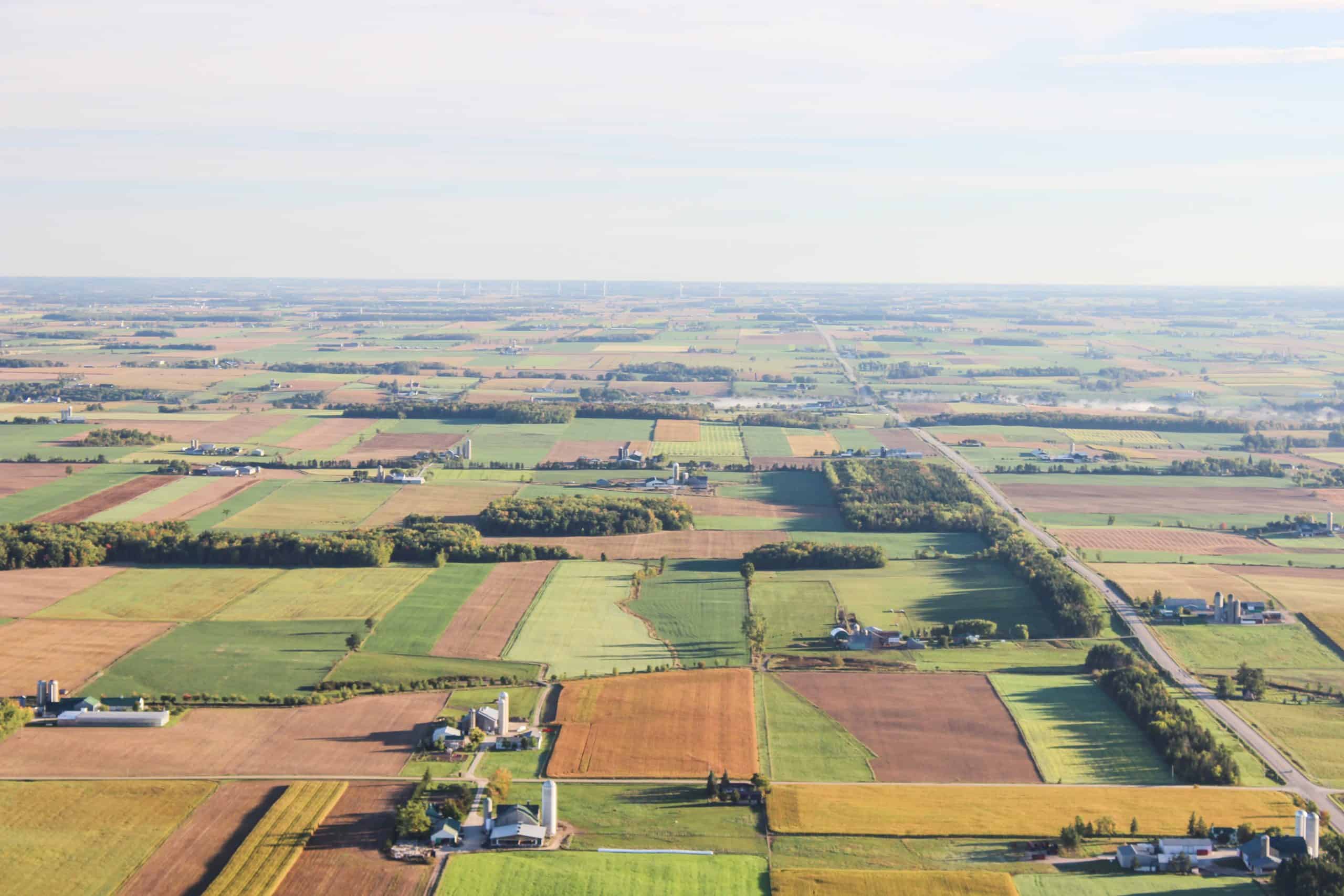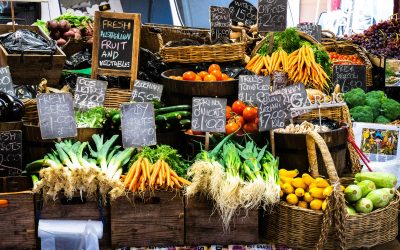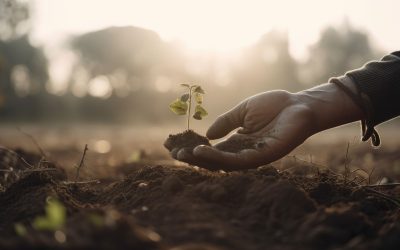Wasted Opportunity is Second Harvest and Value Chain Management International (VCMI)’s third and most recent report. In it, we dive deep into how much, where, and why surplus edible food is wasted in the food industry. We identified 127,177 businesses that are potential donors of surplus edible food within Canada’s food industry—including farmers, food processors, wholesalers, retailers, hotels, restaurants, and catering services.
Our research discovered that 3.2 million tonnes of surplus edible food is produced by Canada’s food industry each year. Of that, 96% is not rescued and redistributed for human consumption.
Why? While viewpoints differ within the food industry, we found that barriers to donate edible surplus food were based on false and limiting beliefs that we can and must overcome.
Why Rescuing and Redistributing Surplus Edible Food is Essential
Rescuing surplus edible food can help address Canada’s social and environmental issues (on top of others). Socially, food insecurity is on the rise and food charities are stretched to feed the millions of Canadians who experience hunger. Our second report, Canada’s Invisible Food Network (2021), found that there are 4X more food charities—at 61,000 non-profits—in our country than grocery stores.
Environmentally, wasting edible food is an unsustainable (and wasteful) use of our resources and it’s harmful to our planet. On average, the rescue and redistribution of surplus edible food equates to a reduction of 3.82 tonnes of greenhouse gas emissions for each tonne of food. Rescuing edible surplus, compared to sending it to a landfill, improves food-related greenhouse gas emissions seven-fold.
What’s blocking the way forward? What can businesses in Canada’s food industry do?
5 Blockers and Food Waste Solutions for Canada’s Food Industry
We found five factors that have the greatest impact on the willingness of businesses in Canada’s food industry to donate surplus edible food. Here they are with opportunities to skirt around them and overhaul our broken food system.
1. Add Financial Benefits to Donating Surplus Food
Canada’s food industry makes profits and pays wages from the production, distribution, and sale of food. It is natural for industry stakeholders to view the donation of surplus food as less important to their commercial interests.
––Quoted from Wasted Opportunity report
The opportunity? Make it financially beneficial for businesses in the food industry to donate surplus edible food. For instance, when the Canadian government created the Surplus Food Rescue Program, food organizations were provided with $50 million in funding to purchase and redistribute surplus food. That helped incentivize businesses to donate. When funding ended, so did the donations.
2. Educate to Alleviate Legal Liability Concerns
In Canada, many businesses are concerned about legal liabilities surrounding the donation of food, particularly perishable food. Yet there is no documented case in Canada of a business that donated surplus food being sued for negligence. So there is no precedent for legal liability—even if the food is perishable.
The opportunity? Create awareness and educate businesses in the food industry to help remove concerns around the legal liabilities of donating food. When a business follows its usual food safety protocols and donates food in good faith, they are protected against legal liability by the “Good Samaritan” and “Food Donation” acts of legislation.
3. Set Policies for Donating Surplus Food with Incentives and Accountability
Our research shows that corporate policies preventing donation exist which are based on incorrect perceptions. Such policies are not regulations––they are seen across the supply chain as “the cost of doing business” and adopted because there is no accountability for reducing food waste within the industry.
The opportunity? Put regulations in place that stipulate and encourage food industry businesses to rescue and donate a greater amount of their surplus edible food. Offer tax breaks or financial incentives to reward those businesses and hold others accountable that do not meet regulatory requirements.
4. Coordinate Food Rescue and Donation Efforts
The charitable food sector has limited financial resources and is often reliant on volunteers. This can present challenges around communication and workflow for businesses that want to donate to food rescue groups.
The opportunity? Second Harvest’s second report, Canada’s Invisible Food Network (2021), shed light on Canada’s unconnected patchwork of 61,000 non-profits trying to help feed 6.7 million Canadians in need of food. In response, we launched our Food Rescue App across the country to help facilitate and connect businesses looking to donate surplus edible food with those organizations in need of it. Technology and organizations like ours can help coordinate food rescue at scale.
5. Make it Easier to Donate Surplus Food
Operational constraints across the food system make change difficult. Production lines are continuous, high volume, and one-way. Lines cannot be reversed, interrupted for small runs, or have different products introduced part-way along… Meanwhile, the charitable food sector has limited financial and logistical resources to quickly and efficiently support the rescue and redistribution of surplus edible food.
There is a perceived complexity when it comes to changing systems in order to donate surplus food rather than dispose of it, business as usual.
The opportunity? Encourage businesses to take a deep look at and review whether a proportion of what is incorrectly deemed organic waste is, in fact, surplus edible food that could be donated. This would require funding to support a reliable, effective, and efficient transportation solution to rescue and redistribute food surplus.
Positive Food Waste Solutions for Canada
False and limiting beliefs are often all that prevent us from moving forward with sustainable action. We can overcome these constraints and limitations. By starting with small pilot programs where we can test and validate our hypotheses and work toward positive change at scale.
Read more in our 2022 report, Wasted Opportunity.
| Second Harvest would like to thank the Walmart Foundation for their continued support of Second Harvest through providing the necessary funding for this study, as we all work towards sustainable solutions that will drastically reduce the amount of food that is lost and wasted across the Canadian supply chain. |





